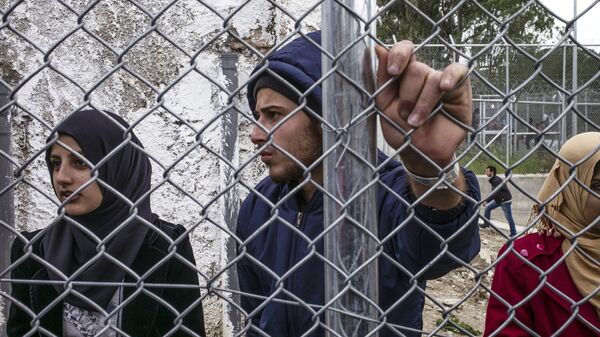More than 1,000 of the Syrian refugees the EU accepted were settled in Germany, German media report, citing an EU Commission document.
The terms of the March 2016 deal allow the EU to send back all "irregular migrants" coming to its shores from Turkey and calls for Turkey to try to stop the flow. However, for each Syrian whose asylum application in the EU is rejected and who is returned to Turkey, a vetted Syrian refugee will be accepted.
In exchange, the EU offered access for Turkish nationals to its Schengen passport-free zone by June, an acceleration of $3.3 billion in aid to Turkey to deal with its migrant load, and "re-energized" talks on Turkey's possible accession to the EU. (The visa-free regime has not yet materialized, and talks on Turkey's accession were suspended in November over human rights concerns.)
At the time of the controversial deal, more than 150,000 migrants had arrived in the EU by sea, the vast majority coming via Turkey through the Greek islands, according to the International Organization for Migration. It was this channel the EU wanted Turkey's help in closing.
Migration to the EU by sea fell by two-thirds in 2016 due to the Turkey deal, the EU's border agency, Frontex, reported, with migrants arriving via Greece dropping by 79%. This was attributed to tighter border controls by Turkey and the West Balkans, and the readmission of migrants to Turkey. However, migrants coming from North Africa via the Central Mediterranean route to Italy rose by nearly a fifth, reaching 181,000, the highest number ever recorded, ReliefWeb points out.
Some 364,000 migrants arrived in the EU by sea last year,
Germany, which took in nearly 1 million migrants in 2015, arrested far fewer human traffickers in 2016 than in the previous year: 906, as of the end of November, compared with 3,370 in 2015, Deutsche Welle reports, citing the country's Interior Ministry.



